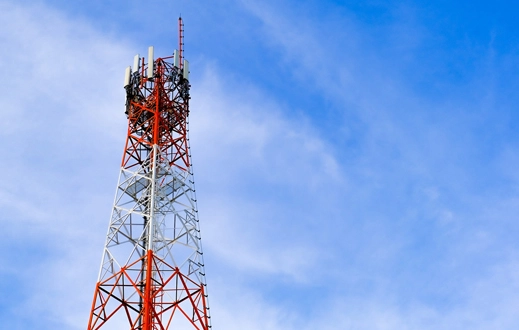A substation is an indispensable part of the power system, responsible for voltage transformation, power distribution, and controlling the flow of electricity. The structure of substation, which supports these functions, is the core foundation for the stable operation of the substation. It is a rigid frame assembly used for suspending conductors, supporting conductors or switchgear, and other electrical equipment. The design and quality of this structure directly affect the efficiency and safety of the substation.
The structure of substation can be divided into various types based on their functions, including feeder racks, busbar racks, central portal frames, corner frames, transformer assembly racks, and single-pole equipment supports. These structures together form the framework of the substation, ensuring the safe operation of the equipment. For example, feeder racks are used to support transmission lines, while transformer assembly racks are used to fix transformer equipment.
The structure of substation is typically divided into two main types:
Steel Pipe Columns: Horizontal beam frames made of steel pipes with equilateral or equilateral triangular cross-sections, offering high strength and stability.
Grid-shaped Steel Columns: Grid-shaped beam structures with rectangular or triangular cross-sections, known for their lightweight and high strength, suitable for complex environments.
The unique feature of the structure of substation lies in its tall columns and relatively small cross-sections, making it a highly flexible structure. It has the following advantages:
Strong Load-bearing Capacity: Able to support heavy electrical equipment and transmission lines.
Lightweight Design: Facilitates transportation and installation, reducing construction difficulty.
High Adaptability: Can be customized based on different environmental needs.
The structure of substation is widely used in substations of various voltage levels, including step-up and step-down substations. In long-distance power transmission, the structure of substation supports high-voltage lines, ensuring efficient electricity transmission. For example, in high-voltage direct current (HVDC) transmission systems, the structure of substation can effectively reduce energy loss and improve transmission efficiency.
Although the structure of substation has numerous advantages, its long-term stable operation depends on regular maintenance. Maintenance tasks include checking the stability of the structure, performing corrosion treatments, and replacing aging parts to ensure the safe operation of the substation.
Since the structure of substation is the core support for power transmission, its design and quality directly affect the performance and safety of the substation. Junjiang is committed to providing high-quality substation structure products, making your power transmission system more stable and efficient.
